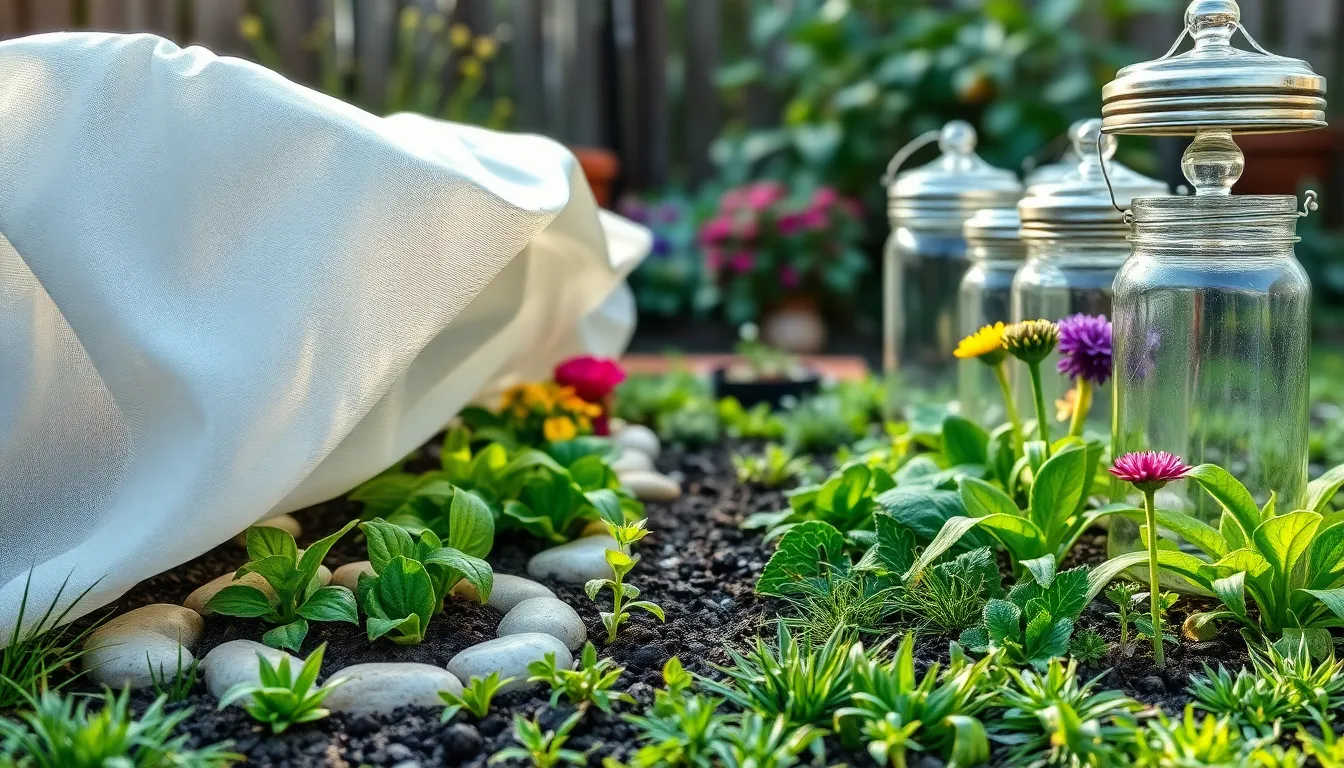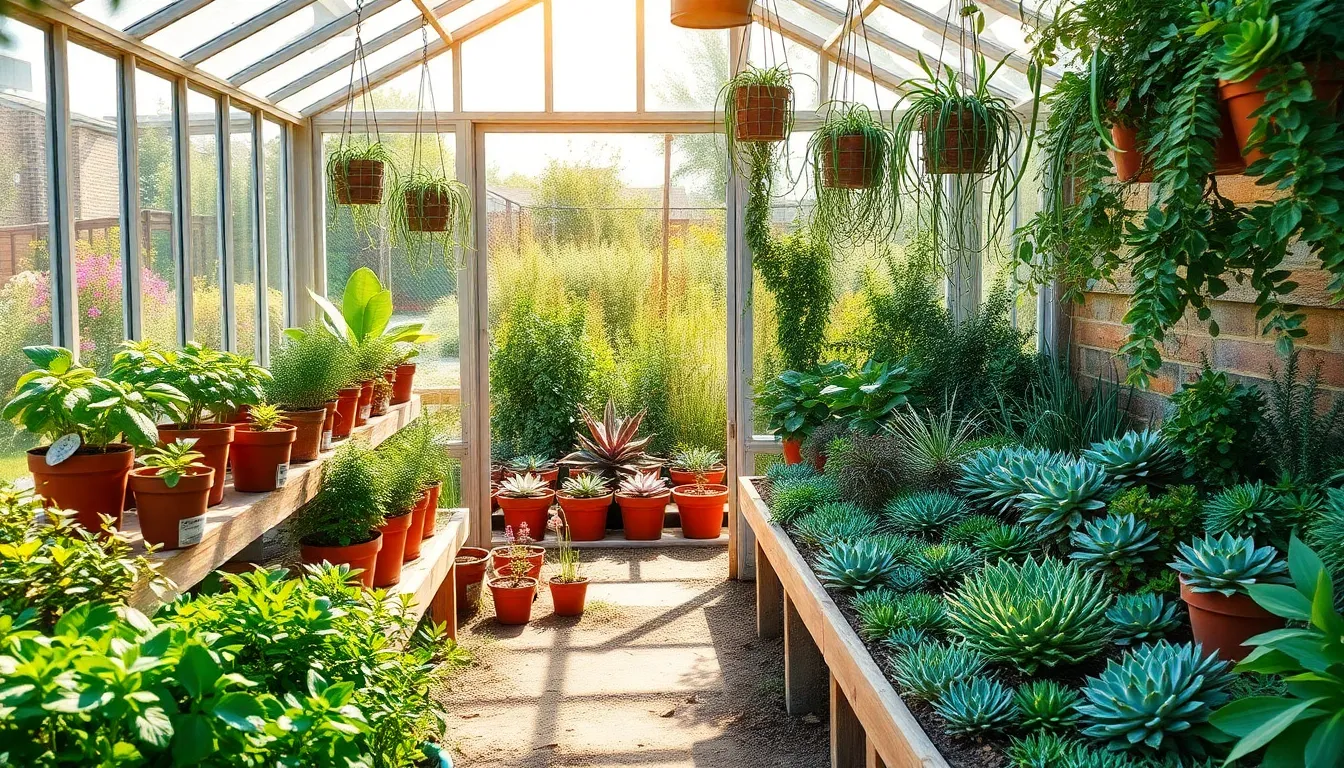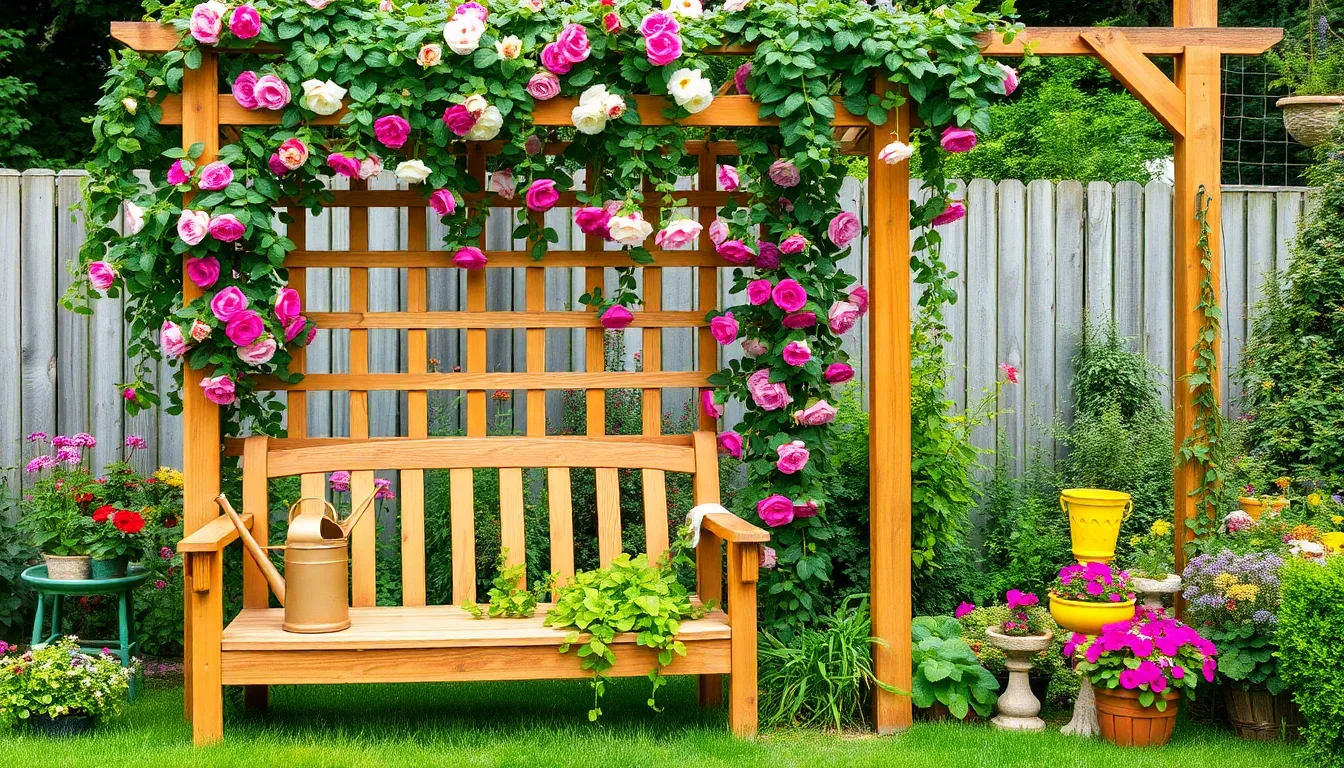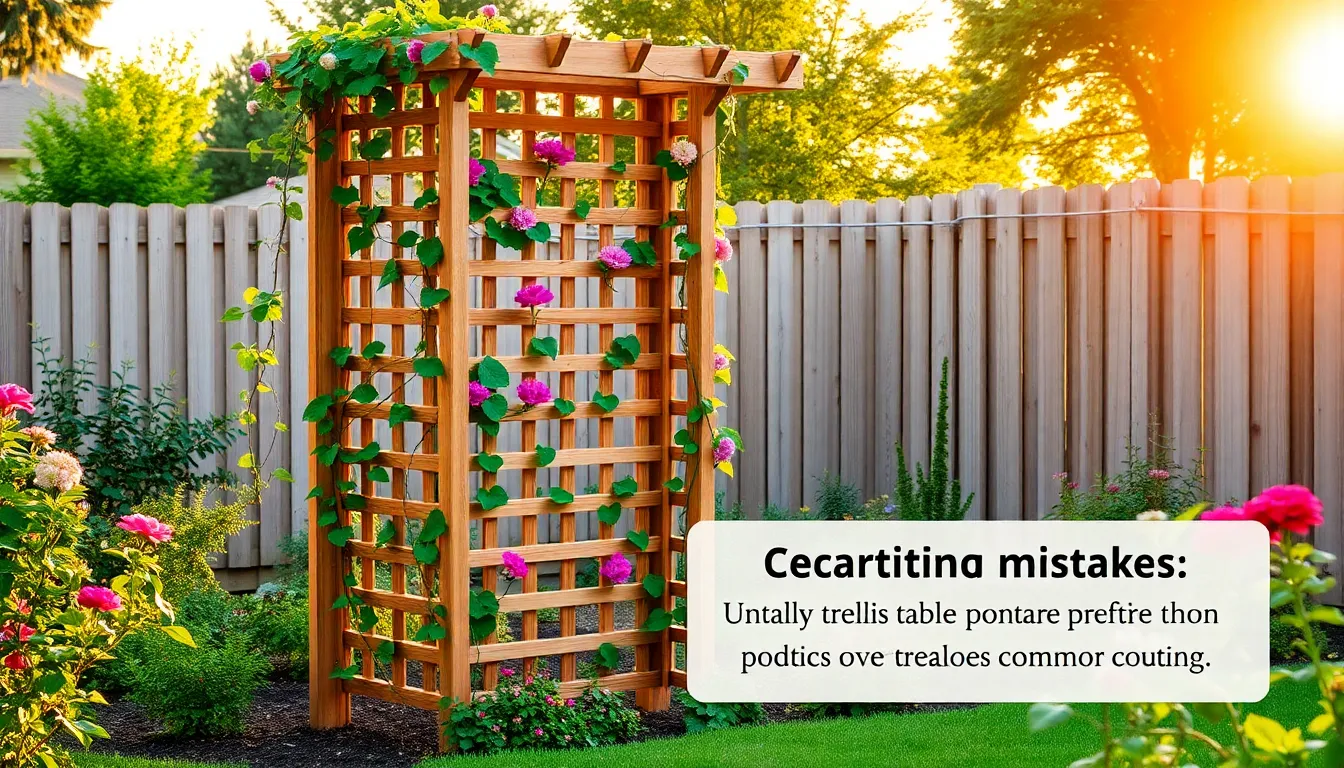As the crisp air of autumn whispers the arrival of winter, gardeners find themselves on a mission to shield their precious greenery from the frost’s icy grasp. Whether you’re just starting your gardening journey or you’ve nurtured your plants through many seasons, understanding how to protect your plants from frost is essential to ensuring your garden thrives year-round. The chill of frost might seem like a formidable opponent, but with the right knowledge and a few strategic preparations, you can keep your plants safe and sound through the colder months.
In this comprehensive guide, you’ll discover the techniques and tips needed to safeguard your garden from frost damage. We’ll delve into simple yet effective methods, such as choosing the right coverings and timing your actions perfectly, to ensure your beloved plants remain vibrant and healthy. From the novice gardener to the seasoned horticulturist, everyone will find valuable insights to enhance their frost protection strategies. So, grab your gardening gloves and let’s embark on this journey to ensure your garden remains a sanctuary of life, even when the temperatures drop.
Understanding Frost’s Impact on Plants
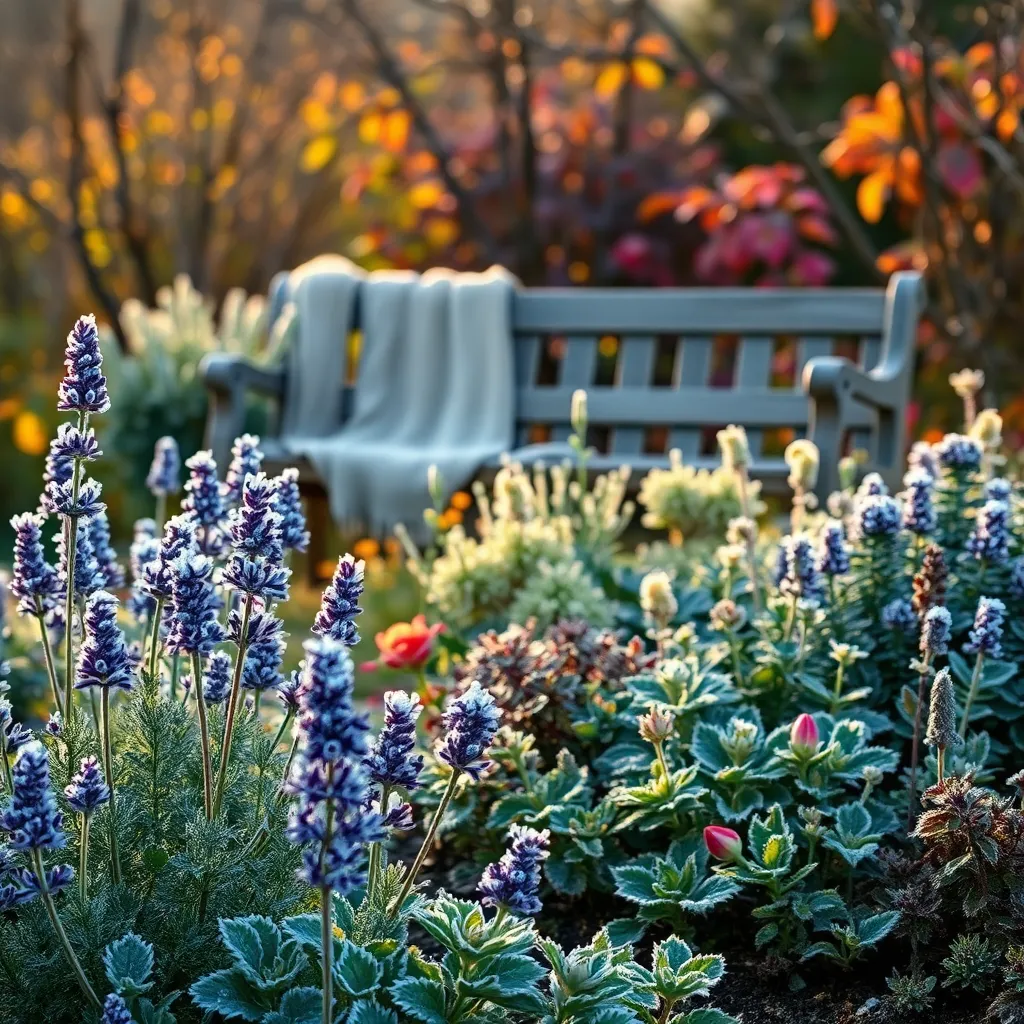
Frost can severely impact plant health by causing cell damage, leading to wilting and eventually death. Understanding how frost affects plants is crucial for taking preventative measures that ensure your garden thrives throughout the colder months.
One common impact of frost is the formation of ice crystals inside plant tissues, which disrupts cellular structure. This process can make leaves appear scorched and cause fruits and vegetables to become mushy and inedible.
For beginners, start by identifying frost-sensitive plants in your garden, such as tomatoes, peppers, and basil. Keep a close eye on weather forecasts and prepare to protect these plants when temperatures are predicted to drop.
Experienced gardeners may use advanced techniques like mulching and cloches to shield plants from frost. Mulching with straw or wood chips not only insulates the soil but also retains moisture, providing a double benefit during cold snaps.
Ensure proper watering before a frost event, as hydrated plants can withstand cold temperatures better than dry ones. However, avoid watering late in the day to prevent water from freezing on the leaves overnight.
Identifying Frost-Prone Areas
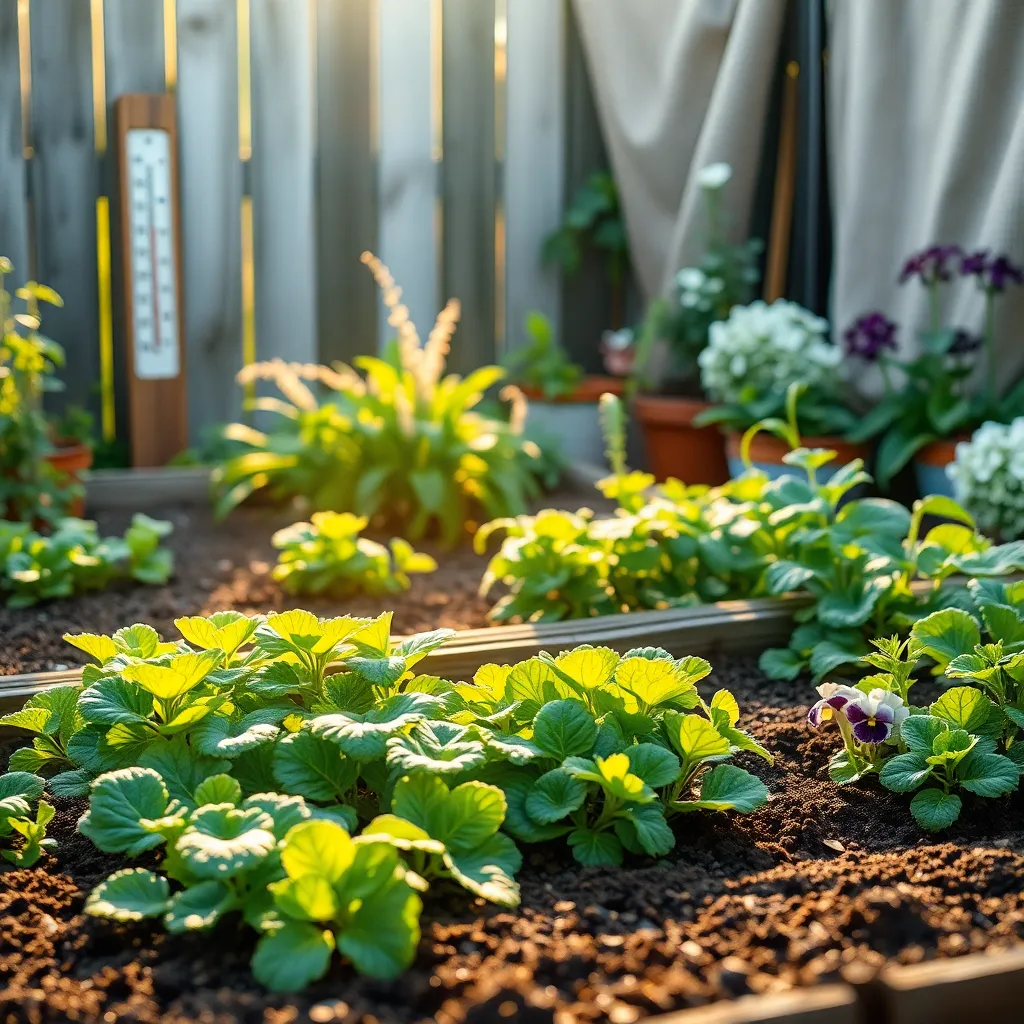
Frost-prone areas in your garden can significantly affect your plant’s health, so it’s crucial to identify them early. These areas are often characterized by low-lying spots where cold air settles, making them particularly susceptible to frost damage.
To spot these areas, observe your garden during early morning hours after a cold night. Look for frost or dew on grass or plants as an indication of where cold air tends to linger.
Another method is to note where water collects during rainfall, as these are typically the spots where cold air will settle too. Raised beds or slopes can help mitigate frost risk by promoting better air circulation.
For those with more experience, consider using a thermometer to take early morning readings across different spots in your garden. Comparing these temperatures will reveal cooler areas where plants may need protection.
Effective Frost Protection Techniques
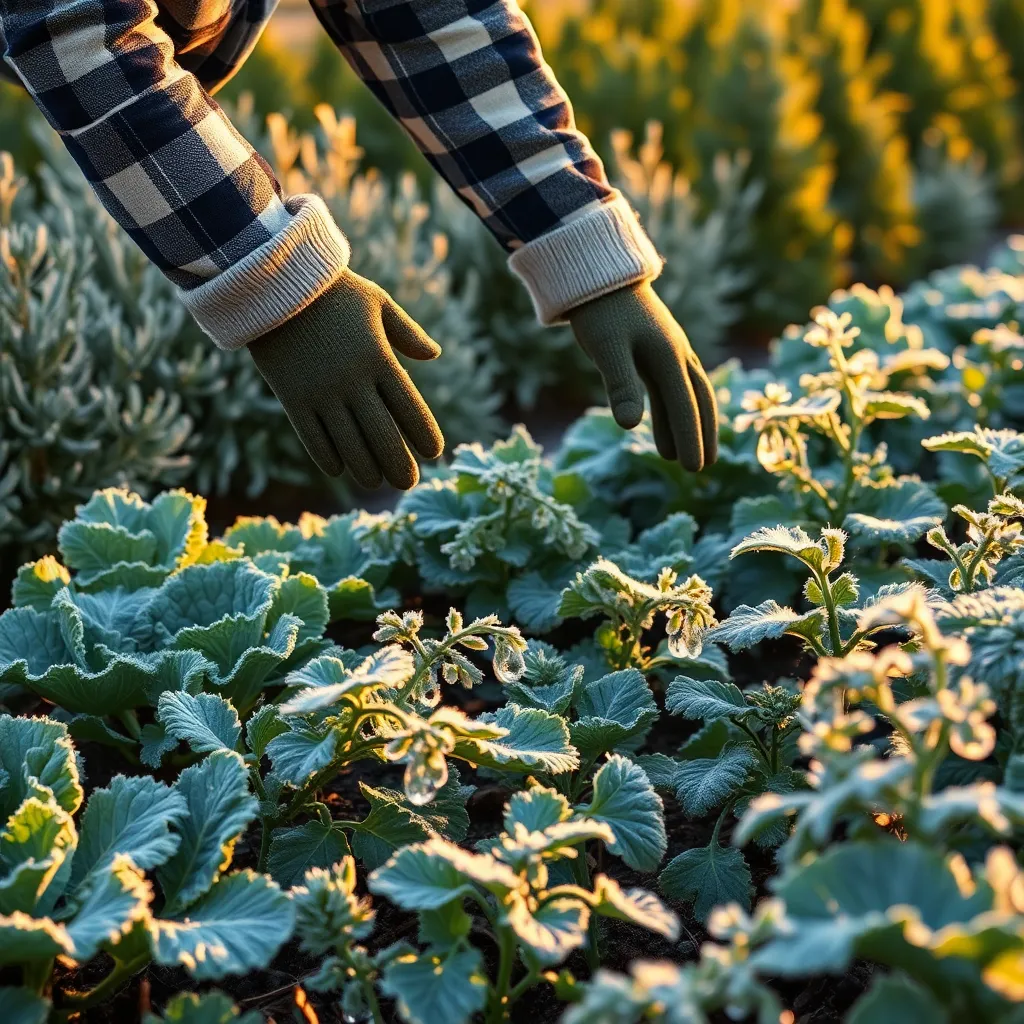
Protecting plants from frost is essential to maintaining a healthy garden during cold snaps. One effective technique is using mulch, which acts as an insulating layer over the soil. Mulching helps retain soil warmth and moisture, creating a more stable environment for plant roots. Choose organic mulches like straw, wood chips, or shredded leaves to provide the best protection.
Another practical method is to use row covers or garden fabric, which can shield plants from direct frost exposure. These covers allow light and moisture to penetrate while maintaining a warmer microclimate underneath. Secure the covers with stakes or rocks to prevent them from blowing away, and remove them during the day to avoid overheating your plants.
Watering your plants before a frost can also be beneficial. Moist soil retains heat better than dry soil, so lightly watering the ground around your plants can help preserve warmth overnight. However, ensure you do this early in the day to allow excess water to drain and prevent the soil from becoming waterlogged.
For more advanced gardeners, investing in a cold frame can extend the growing season and protect delicate plants. Cold frames are simple structures with a transparent cover that traps heat and can be easily opened for ventilation. Construct a cold frame using old windows or clear plastic sheeting over a wooden frame, ensuring it faces south to maximize sunlight exposure.
Choosing the Best Frost Covers
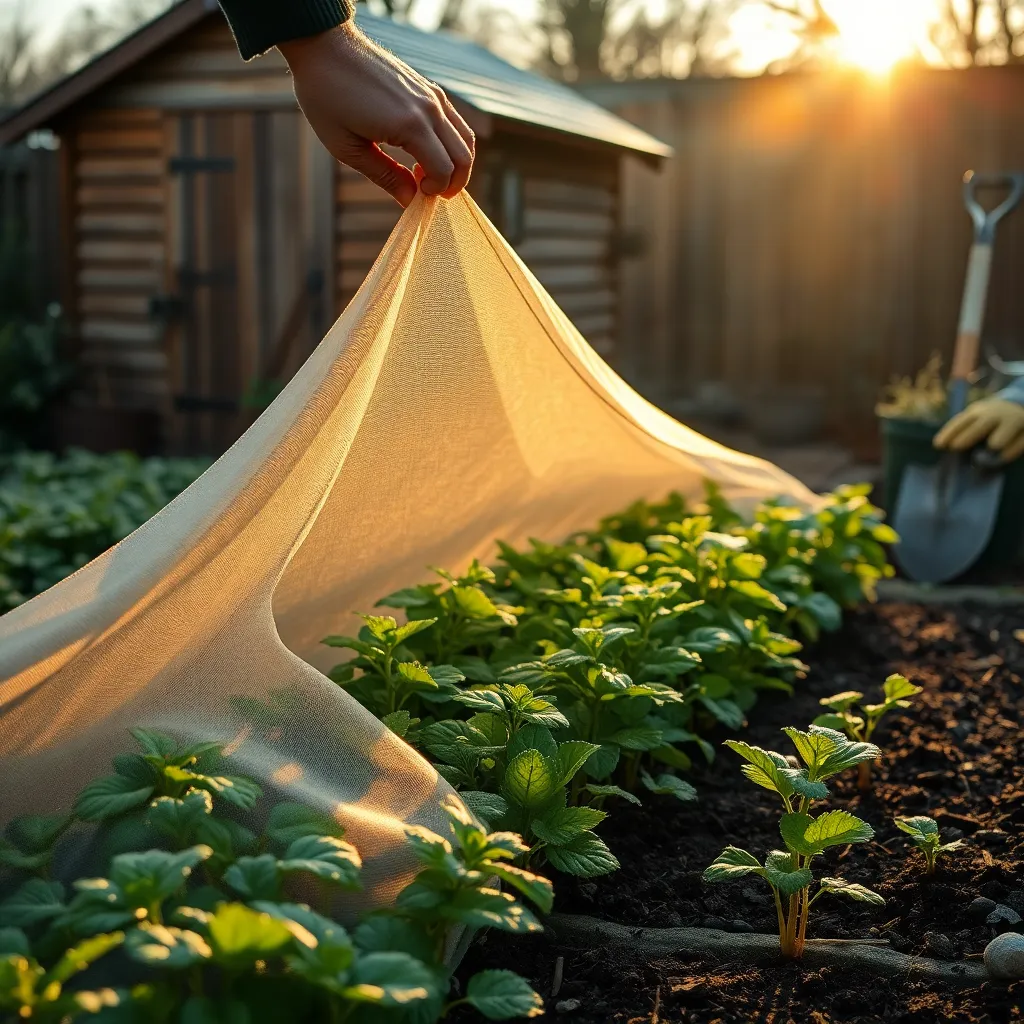
When selecting frost covers, it’s essential to choose materials that provide good insulation while allowing some air and light to pass through. Lightweight materials like floating row covers and garden fleece are popular choices because they are easy to handle and can be reused throughout the season.
For larger plants or garden beds, consider using old sheets or lightweight blankets, which are both effective and budget-friendly. Ensure these covers are secured tightly to prevent them from blowing away in the wind, using stakes or rocks as anchors at the edges.
While basic covers suffice for mild frost, for severe conditions, it’s wise to invest in specialized frost blankets or horticultural fleece. These materials provide superior protection due to their thicker composition, shielding plants more effectively from extreme cold.
For those seeking a more advanced approach, a combination of frost covers and a frame support system can be highly beneficial. By creating a mini greenhouse effect, this setup not only protects from frost but also retains warmth, promoting better growth during cold spells.
Monitoring Weather and Frost Alerts
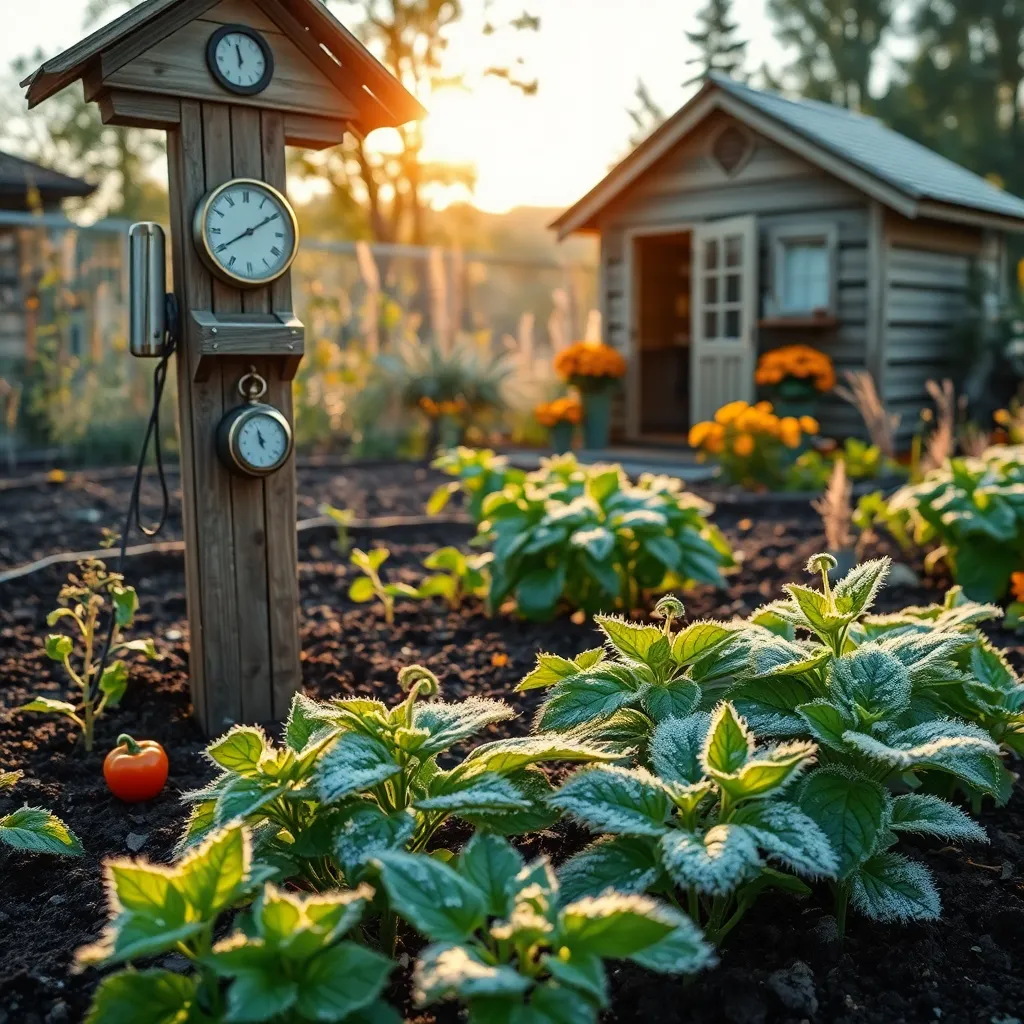
Monitoring weather conditions is crucial for protecting your plants from frost damage. By staying informed about upcoming temperature drops, you can take timely actions to safeguard your garden.
One effective way to keep track of weather changes is by using a reliable weather app or subscribing to local weather alerts. These resources provide updates on temperature fluctuations and frost warnings, allowing you to prepare in advance.
For gardeners who want more precision, investing in a digital thermometer with an outdoor sensor can be beneficial. Place the sensor in your garden to monitor real-time temperatures and receive alerts if the conditions approach freezing levels.
It’s also helpful to understand the microclimates within your garden, as different areas may experience varying temperatures. Observing which parts of your garden are more susceptible to frost can guide you in providing extra protection where needed.
- Check weather forecasts daily during colder months.
- Use frost cloths or blankets on vulnerable plants when frost is predicted.
- Consider adding mulch to insulate roots and retain soil warmth.
For advanced gardeners, setting up a small weather station in your garden can offer detailed climate data and trends. This investment not only helps in frost prevention but also in optimizing growing conditions year-round.
Conclusion: Growing Success with These Plants
In protecting plants from frost, we’ve uncovered five key relationship concepts that are surprisingly relevant to nurturing your personal connections. First, just as plants need protection, relationships thrive when shielded from external pressures. Second, timing is crucial; knowing when to act can save both plants from frost and relationships from misunderstandings. Third, preparation is vital, highlighting the importance of laying a strong foundation. Fourth, consistent care fosters resilience, reminding us that regular attention keeps bonds strong. Lastly, adapting to change ensures survival, mirroring the need for flexibility in any partnership.
As a proactive next step, take a moment to assess your relationships and identify areas that might need a little extra warmth and attention. Implement a small, positive change today—perhaps a heartfelt conversation or a simple act of kindness.
Remember, relationships are living entities that benefit from ongoing care and knowledge. Bookmark this article now to have these insights at your fingertips whenever you need a refresher.
By embracing these concepts, you’re setting the stage for a flourishing relationship future. Your connections, like plants tended with care, can grow stronger and more resilient, ready to weather any storm. Let this be the beginning of a more nurturing, informed approach to your relationships.

